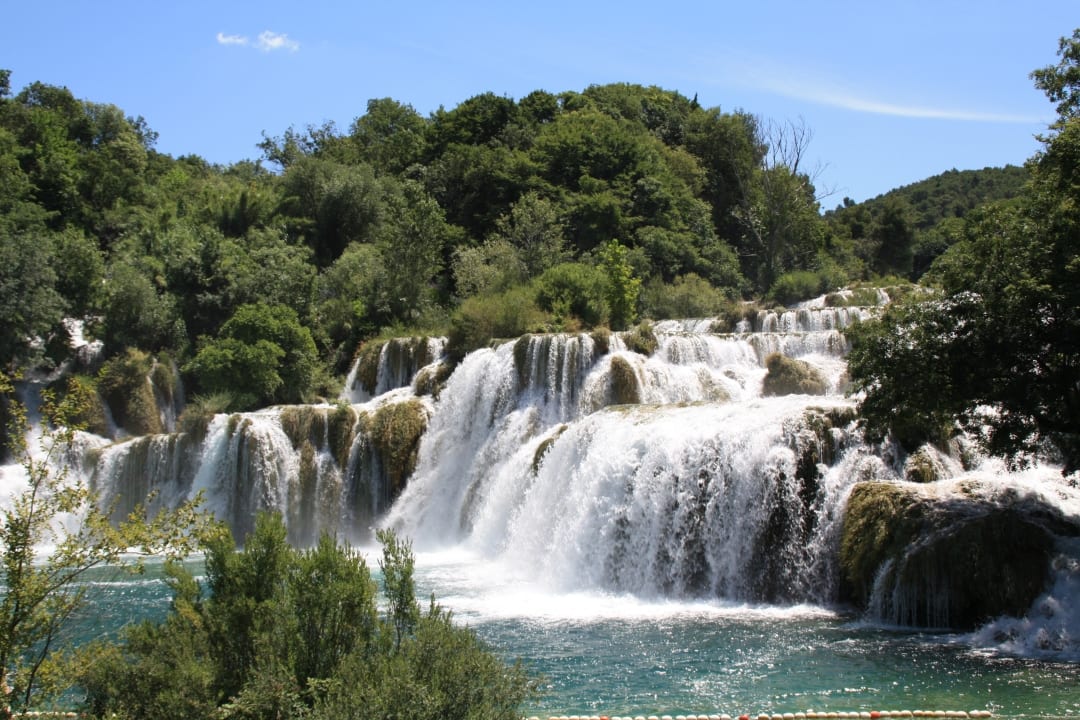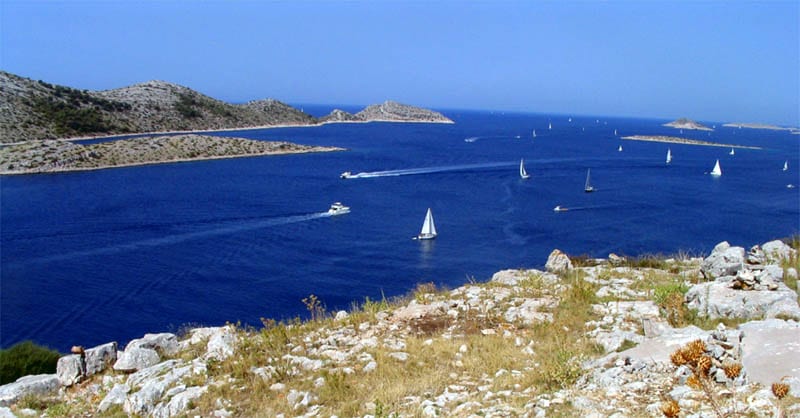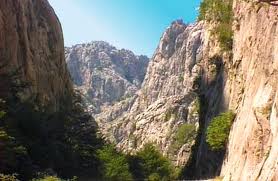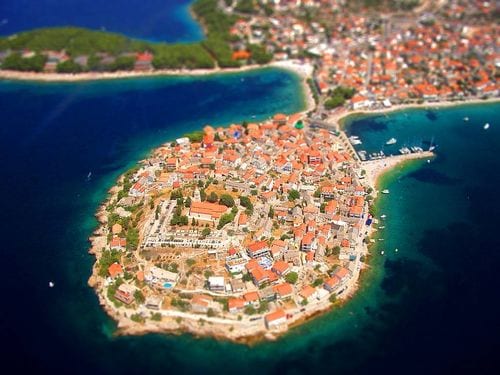Sightseeing
National parks, pitoresque towns, lively cities. Whenever you get tired of lazy days at the beach, the area around Brodarica offers plenty of places to enjoy and explore. Below please find a list of suggestions. For more places to go, please also visit the web page of the local tourist office http://www.sibenik-tourism.hr/en/
The Sibenik region is one of the Mediterranean’s quieter corners where there is still the space and time to make discoveries in a fascinating and varied landscape. The Krka National Park and the town of Sibenik are symbolic of the contrasts that are found in central Dalmatia. There are the rugged limestone mountains of the mainland set against the intricate archipelagos of the Adriatic Sea. And there is the diversity and natural beauty of the various parks and reserves in combination with the rich and well-preserved cultural heritage of the ancient coastal settlements.
Krka National Park
Only a 15 minutes drive away, you will find the Krka National Park. Named after the river Krka, which it encloses, it is located along the middle-lower course of the river and is named ‘the empire of the river’. It is a must-see for nature lovers as it offers several walking routes between travertine cascades, islands and lakes. It is rich in both flora and fauna. For instance, 222 bird species live here. You can enter the park either by boat (from Skradin) or by car (go to Lozovac). From Brodarica, you go towards Sibenik and then follow the signs towards the park. You can also go by boat all the way from Sibenik. See more at: http://www.np-krka.hr/en/ and at the Sibenik tourist office web site.
Kornati National Park
Out in the Adriatic, with Sibenik as the nearest, bigger town, the Kornati Islands lay as a scatter of round, strange, bare islands. Because of the special geomorphology and the rich marine ecosystem, the group of islands were declared a national park in 1980. Boats from Sibenik will take you there, or you can go there yourself, if you have your own boat. There are several anchor places but make sure that you follow the instructions of behaviour, as it is nature of big vulnerability. See more at: http://www.np-kornati.hr/en/
Šibenik
Šibenik is located in the center of the Croatian Adriatic coast, in the picturesque, indented ay that the Krka River flows into. Today Šibenik is an administrative-political, economic and socio-cultural center of the Šibenik-Knin County, which spreads along the coast between the shores of Zadar and Split, approximately 100 km long, and its inland reaches as far as the Dinara Mountain, 45 km away.
The Šibenik bay, which is 10 km long and 300-1200 meters wide, opens torwards the open sea and islands through a narrow curving channel. The coastal area of Šibenik stretches only a few kilometers from the sea, to the hilly range of Trtar, and in the southeast to the Svilaja Mountain. This area, in which the most citizens in the county live, experienced a strong urbanization after World War II. Just about all production capacities are located here, and just about all economic strength an activity of the county is concentrated here.
Paklenica National Park
Paklenica National Park is one of Croatia’s most diverse national parks especially if you’re interested in hiking or rock climbing. Located in the southeastern part of the Velebit mountain range which runs along the central Dalmatian coast, Paklenica National Park covers 102 sq. km and includes one of the largest forests in the Mediterranean. The two outstanding canyons of Paklenica Park, Velika Paklenica and Mala Paklenica, show splendid karstic formations.
Paklenica park offers the unique pleasure of combining hiking and swimming the same day. Starigrad is the main jumping off point for exploring the park. See more at http://www.np-paklenica.hr/en/
Primosten
Primosten is one of the most popular tourist resorts in Dalmatia and ranks among the most picturesque small towns on the Adriatic. It has a large number of typical, narrow streets in the old town core and lies on a small, hilly peninsula.
Split
Split is the second largest city in Croatia, with just over 200,000 inhabitants, and is the largest city on the Adriatic coast. The city was originally built around the Diocletian palace (a palace/fort built for the retired Roman emperor Diocletian) where the locals sought refuge centuries ago. Wandering the historic centre of Split you can still clearly see the Roman walls, squares and temples.
For more information, please visit: http://www.visitsplit.com/en/1/welcome-to–split





